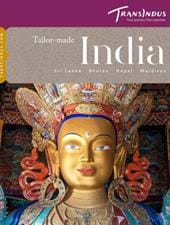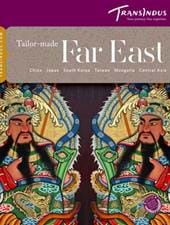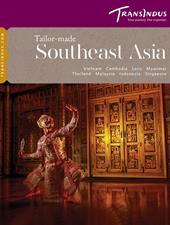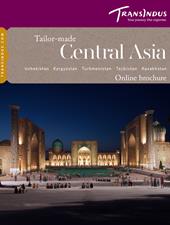”As white as jade, as thin as paper, as bright as a mirror, as tuneful as a bell” is how a famous Chinese saying described the porcelain produced at Jingdezhen. Although producing pottery since the sixth century, its porcelain gained fame in the 10th to 12th century Song era and became the country’s ceramics capital in 1369, when a Ming imperial kiln was first installed, the remains of which are now preserved in one of the town’s museums. This was the principal source of the fine, bluish-white glazed china vases and tea sets which became obligatory accouterments for well-to-do European households in the 17th century. They continue to be made here today though most are now destined for domestic consumption.
Tailor-Made Holidays & Small Group Tours to Asia
OVER 35 YEARS EXPERIENCE
AWARD WINNING LUXURY HOLIDAYS
100% FINANCIAL PROTECTION








